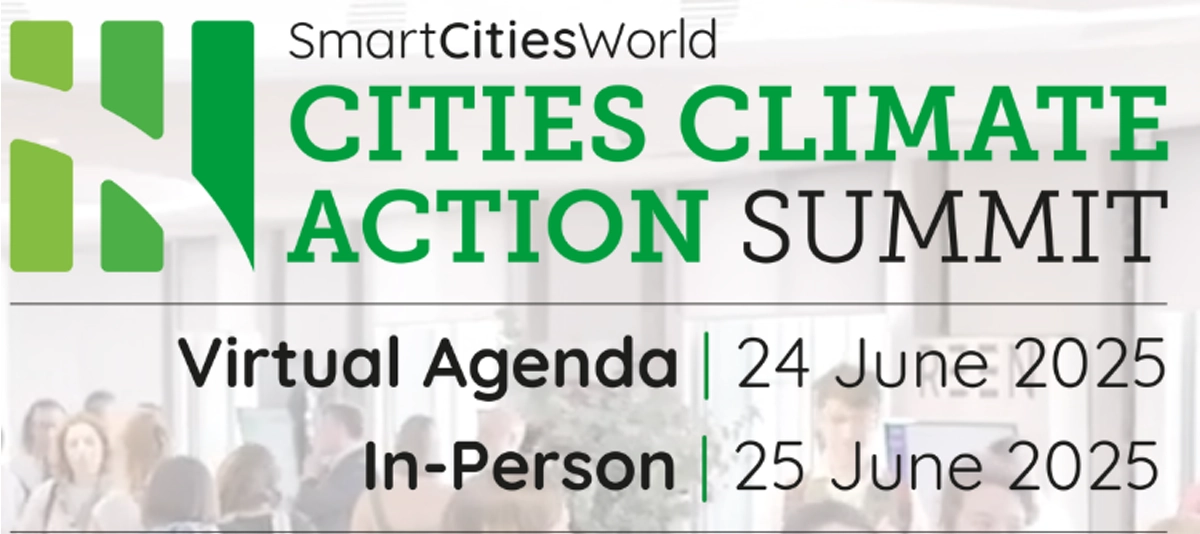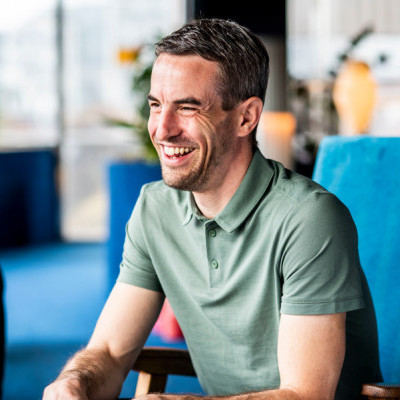Cities Climate Action Summit 2025
The 2025 Cities Climate Action Summit virtual agenda from Smart Cities World, which took place during London Climate Action Week, gave a clear and strong voice to planning that takes a strategic and responsible approach to improving urban development. A number of the discussions made us reflect on the role customer experience design can play in helping individuals find it easier to make healthier and more sustainable choices.

Investing in thorough customer insight research, along with involving user representatives in journey mapping, can identify drivers for decisions customers currently make. This also uncovers a detailed understanding of pain points that can be tackled to boost income and market share for service providers.
An example was given of a micro-mobility service where annual subscription payments are offered as an addition to weekly or monthly frequencies, or a pay-per ride model. This approach, founded in understanding of customers and their needs, removes the potential pain of calculating and weighing up the comparative cost of a single ride against other transport options. It also reduces the frequency of potential pain points at the point of sale for more regular subscription payments. Admittedly, there is a need to firmly land the value of the annual subscription initially, because it could be perceived to be a comparatively significant figure. However, marketing and sales effort at the service provider could be boosted by having more scope to capitalise on the sense of investing in your own health and that of your fellow citizens.
Another example, from Expo City, Dubai, turned the focus towards the value of strong customer experience design through bold, principled strategic planning and using prototyping and testing to drive user engagement around new initiatives and innovation. With a design blueprint focused on embedding sustainability across the whole value chain, pedestrian use of the site drove a behavioural design agenda. Extensive collaboration with partner organisations realised integration of public transport infrastructure with walking and mobility options. Additionally, with the entire site being 5G enabled, operations teams helped to both co-design initiatives and innovations, as well as report back on the resulting pains and gains.
As Expo City continues to develop and expand the strong foundations of the strategic design approach and meaningful involvement of a range of stakeholders it can provide further ideas and evidence of measurable benefits for other cities and urban environments.
Many of the other cities and organisations represented at the summit provided perspectives on measuring success. There was consensus that for cities this needs to be divided beyond national or international measures of climate impacts, so that it is meaningful and more tangible for organisations and citizens. It was discussed that this could include mapping things like air quality and the percentage of shading from tree canopies. These are easily relatable to individual and public health and the actionable effort to influence them can be more easily understood and discussed than a measure of annual increase in global temperatures. It is also easy to appreciate that mapping these by street or via a smaller grid can really focus the mind around climate impacts on our doorsteps and at our favourite local places and spaces.
Written by:

Paul Reynolds
Principal Industrial Designer
Paul has a broad range of experience in engaging end users in the design of complex workplaces. He recently delivered control room design work to Banedanmark for a major project in Copenhagen, and interior design advice to CERN for their main design office in Geneva. Paul holds a BA (Hons) in Industrial Design and Technology.